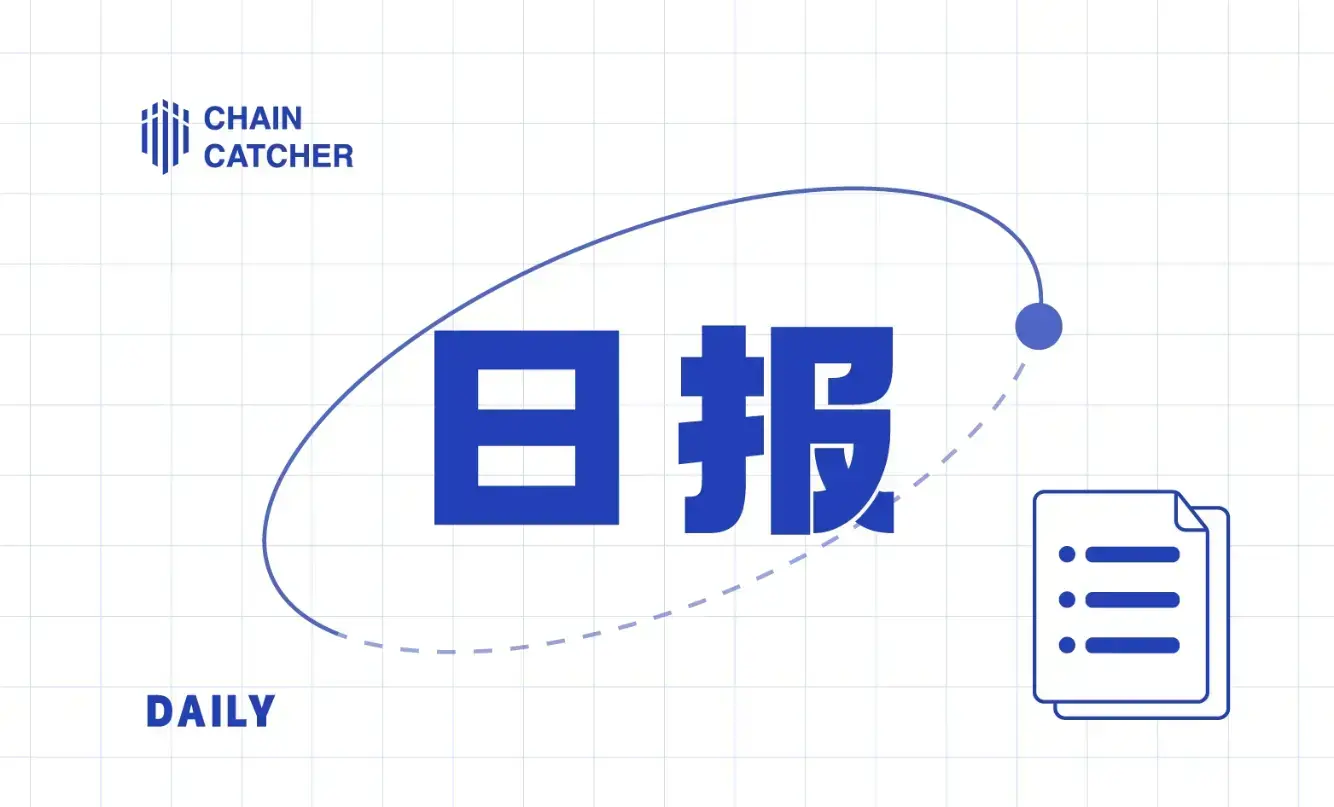Why did Binance Web3 Wallet's first BTC L2 airdrop event attract nearly 160,000 participants?
Author: teco
On April 4th, Binance Web3 Wallet announced a joint airdrop event with the well-known BTC Layer2 project BEVM. This event attracted widespread attention, with BEVM preparing 0.5% of $BEVM and 0.5% of $OSHI as rewards, demonstrating significant sincerity.
The three tasks involved in this airdrop are quite simple and extremely friendly to retail investors, naturally attracting a large wave of users. According to data released by BEVM's official Twitter, a total of 159,102 Binance users who completed KYC participated in this airdrop event, indicating its popularity.
Overall, the joint airdrop event between Binance Web3 Wallet and BEVM ultimately presented a win-win situation. As the "big brother" of exchanges, Binance needs a solid and innovative BTC L2 project as an entry point to accelerate its layout in the BTC L2 track, especially since it was outpaced by OKX in the previous narrative related to inscriptions. For BEVM, the project is still in the expansion phase and needs more users to participate in its ecosystem, and Binance's strong user resources perfectly address this issue.
What kind of event attracted nearly 160,000 participants?
Specifically, the joint airdrop event between Binance Web3 Wallet and BEVM set a total of 10,500,000 (0.5%) $BEVM and 500,000 (0.5%) $OSHI tokens, and the participation method is very simple—just complete one of the three tasks to receive the corresponding token airdrop.
Task one requires users to complete BTC cross-chain transactions through the Binance Web3 Wallet, using either the official BEVM bridge or the third-party bridge OmniSwap to cross from BTC to BEVM.
Task two requires users to deposit BTC as collateral and mint stablecoin SAT through the Bitcoin stablecoin protocol Satoshi Protocol supported by BEVM to receive the airdrop. It is worth noting that completing task two not only grants BEVM token airdrop but also Satoshi Protocol token airdrop.

Task three is even simpler; users just need to check in on-chain daily, and with a little effort, they can receive the airdrop.
In addition to the token airdrop, all users participating in this joint airdrop also received a rune called "ORDINALS • RUNES" released by BEVM. According to the official statement, the birth of ORDINALS • RUNES is not only to celebrate the joint event with Binance Web3 Wallet but also to commemorate the fourth halving of BTC.
Users who use the official bridge will receive the ORDINALS • RUNES airdrop at their BTC addresses, while users who use the third-party bridge will receive the airdrop at their BEVM addresses. ORDINALS • RUNES can bridge to the secondary trading market of the BTC network, and the rune bridge will be launched later. Currently, over 150,000 runes have been airdropped to participating users, making it the project with the most rune holders at present.
Why has BEVM attracted so many participants?
Why has BEVM been able to attract so many users? I believe the main factors are the simplicity of the tasks, the generous airdrop rewards, and the backing of Binance Web3 Wallet. Additionally, there are other noteworthy points.
From a technical perspective, BEVM is the first fully decentralized, EVM-compatible BTC L2 built on Taproot Consensus, allowing all DApps that can run in the Ethereum ecosystem to operate on BTC L2.
Currently, most so-called BTC L2 solutions completely avoid discussing how to solve the fundamental problem of BTC cross-chain and merely emphasize L2 technical terms, such as ZK-rollup or OP-rollup. Unlike other BTC L2 solutions, the "Taproot Consensus" proposed by the BEVM team is built on three core BTC native technologies: Schnorr signatures, MAST contracts, and the BTC light node network, perfectly solving the security and decentralization issues of BTC cross-chain, breaking through the core proposition of BTC L2.
Of course, the breakthrough of challenges is inseparable from the silent efforts of the team behind it. The BEVM team has six years of experience in developing and operating BTC L2 solutions. As early as 2018, the core team of BEVM launched ChainX, using 15 multi-signature addresses of BTC and BTC light nodes to achieve BTC cross-chain bridging, ultimately facilitating over 100,000 BTC in cross-chain transactions.

The BEVM ecosystem itself is also very active. Currently, the number of on-chain users of BEVM has exceeded 780,000, with over 30 ecological projects covering decentralized trading, lending, and other financial services, establishing a critical on-chain financial infrastructure for BEVM. Features such as EVM compatibility and using BTC as gas fees enable BEVM to quickly attract developers and users, thereby accelerating the formation of a commercial closed loop for BTC L2.
The recognition of BEVM in the capital market is also a significant reason. At the end of last month, BEVM received investment from Bitmain, the world's largest Bitcoin mining machine manufacturer. Previously, BEVM announced that it had completed a $10 million financing round, with participation from top crypto institutions, including RockTree Capital, Waterdrip Capital, Arkstream Capital, and ViaBTC Capital, among nearly 20 institutions, with a post-investment valuation of $200 million.
It is precisely because of the technological advantages and the strong backing of the team that the joint event has produced impressive data and garnered community attention.
Why is Binance widely betting on BTC L2?
Meanwhile, Binance recently launched its token issuance platform Megadrop, integrating Binance Simple Earn and Binance Web3 Wallet to provide users with a points and airdrop experience, marking the second joint event of a BTC L2 project besides the BEVM event.
Among them, BounceBit (BB) is the first project to launch on the Megadrop platform, serving as a foundational public chain for re-staking in the BTC ecosystem. This event focuses on obtaining points through subscribing to BNB fixed products and completing Web3 tasks, with corresponding token rewards calculated based on the points. Compared to the airdrop task method of Binance BEVM, Megadrop's "points + tasks" model provides users with a clearer and simpler participation path.
Looking at the two concurrent events from Binance, the rewards from the BEVM event accounted for 0.5% of the total, with approximately 160,000 participants. In contrast, BounceBit allocated 8% of the total token supply for distributing Megadrop project rewards. According to the official data released, the number of on-chain participants for BounceBit during the BEVM event was 100,000, with the final deadline set for May 13. Compared to the more complex process of the BEVM event, the BounceBit process is slightly simpler, but the enthusiasm for user participation is not significantly different.
From the perspective of the two BTC ecosystem project airdrop events that Binance has undertaken, the competition between OKX and Binance for BTC Layer2 betting seems to have reached a temporary conclusion. With BounceBit launching on Binance on May 13, who will be next in line?
Overall, the BTC L2 track is currently filled with enormous development potential and narratives. After the frenzy caused by new asset types such as BTC Ordinals, inscriptions, and runes, scaling solutions are gradually becoming the next focal point. From Binance's recent actions, especially with BEVM being the first to collaborate with Binance Wallet, it seems we can expect even more.









